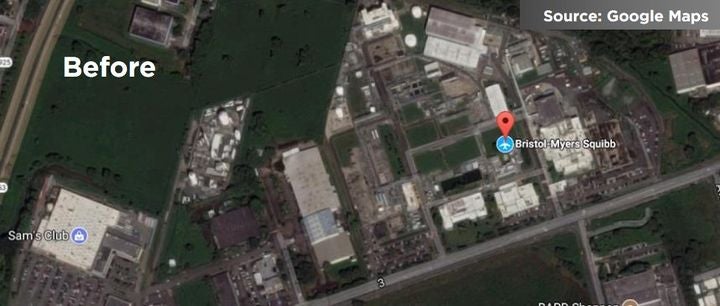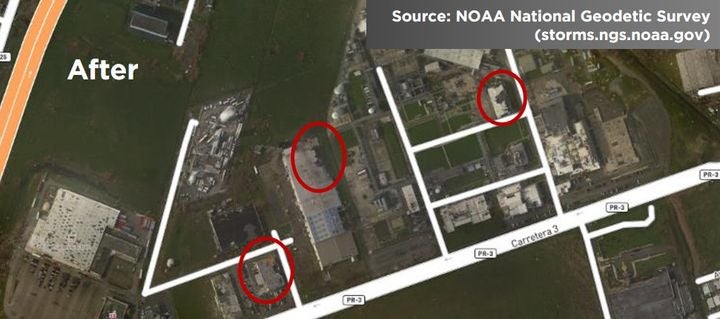Peter Datin, senior principal modeler, RMS
Rajkiran Vojjala, vice president – Model Development, RMS
Last week, Hurricane Maria churned across Puerto Rico with the strongest winds to hit the island in over 80 years. Puerto Rico is home to more than 50 percent of the world’s leading pharmaceutical and life science companies, which operate around 80 U.S. Food and Drug Administration (FDA) approved manufacturing plants on the island. Therefore, the impact of Maria on the industrial line of business not only influences the overall losses experienced in the event, but critically has many ramifications for Puerto Rico’s long-term economic recovery.
The Industrial Facilities Model (IFM), which is part of the RMS North Atlantic Hurricane Models suite, provides a granular characterization of windstorm risk for complex facilities such as these. The IFM accounts for proper value distribution, and vulnerability of different components and structures that make up an entire IFM facility. Using the best representation of the hurricane wind footprint generated as part of RMS Event Response and the Version 17 Industry Exposure Database (IED), RMS estimates that physical damage to the industrial line of business in Puerto Rico will be in the order of US$1 billion.
While this degree of loss from physical damage is significant, it represents less than five percent of the overall industrial exposure on the island. The bulk of industrial facilities in Puerto Rico are well-built with robust hurricane mitigation practices, so it is not surprising they remained relatively unscathed in the category 4 storm.
To confirm model estimates, RMS analyzed aerial imagery that showed images for some of the industrial facilities on the island before and after the storm. Below are two examples of industrial facilities that did experience damage because of Hurricane Maria.


Figure 1 above shows images of the Bristol-Myers Squibb biopharmaceutical plant in Humacao before and after Maria, which experienced some of the strongest winds, located close to the landfall region. The modeled footprint for the event estimates peak 3-second gusts at this plant to be around 160 miles per hour (257 kilometers per hour), which corresponds to a modeled damage ratio of 25 percent for this type of facility.
Aerial imagery confirms visible roof damage to several buildings at this location. The company also previously released a statement confirming their plant in Humacao had sustained some damage but another plant in Manati had not.


Another industrial facility, the Bacardi Rum distillery near San Juan in Cataño, suffered some roof cover damage, as shown above in Figure 2 with images before and after Maria. RMS estimates 3-second gusts at this plant were in excess of 110 miles per hour (177 kilometers per hour), corresponding to an expected damage ratio of five percent. Only three out of the ten buildings in this facility appear to have any visible roof cover damage, generally affecting smaller sections with the roof deck still in place, indicating relatively low levels of damage.
These two examples show some of the most significant visible damage from Maria; other facilities seemed to have less damage with many facilities showing no obvious signs of damage after the storm. The true impacts of Maria can only be confirmed after the companies have completed on-site inspections, but analysis of available aerial imagery confirms the degree of physical damage modeled for these high-value facilities from Maria to be reasonable.
Although these facilities may have performed well in the storm, another critical aspect to consider is that business interruption after Maria is expected to be very significant at most of these facilities, due to the nature of their operations. Pharmaceutical and biomedical manufacturers operate under some of the most stringent regulations and generally take a significant time to restart production even during normal circumstances.
The widespread nature of damage on the island, the extended loss of power due to severely damaged transmission and distribution networks, the ensuing flooding and associated damage to roads and infrastructure, and the resulting mandatory evacuations may lead to shortage of labor, prolonged repair times, and delays in restarting operations. As a result, RMS estimates industrial lines will have up to 50 percent amplification due to these “Super Cat” effects, particularly to the business interruption coverage.
Many of these operations are global companies with extensive contingency plans, and Maria is now testing these plans in a real-world scenario.









